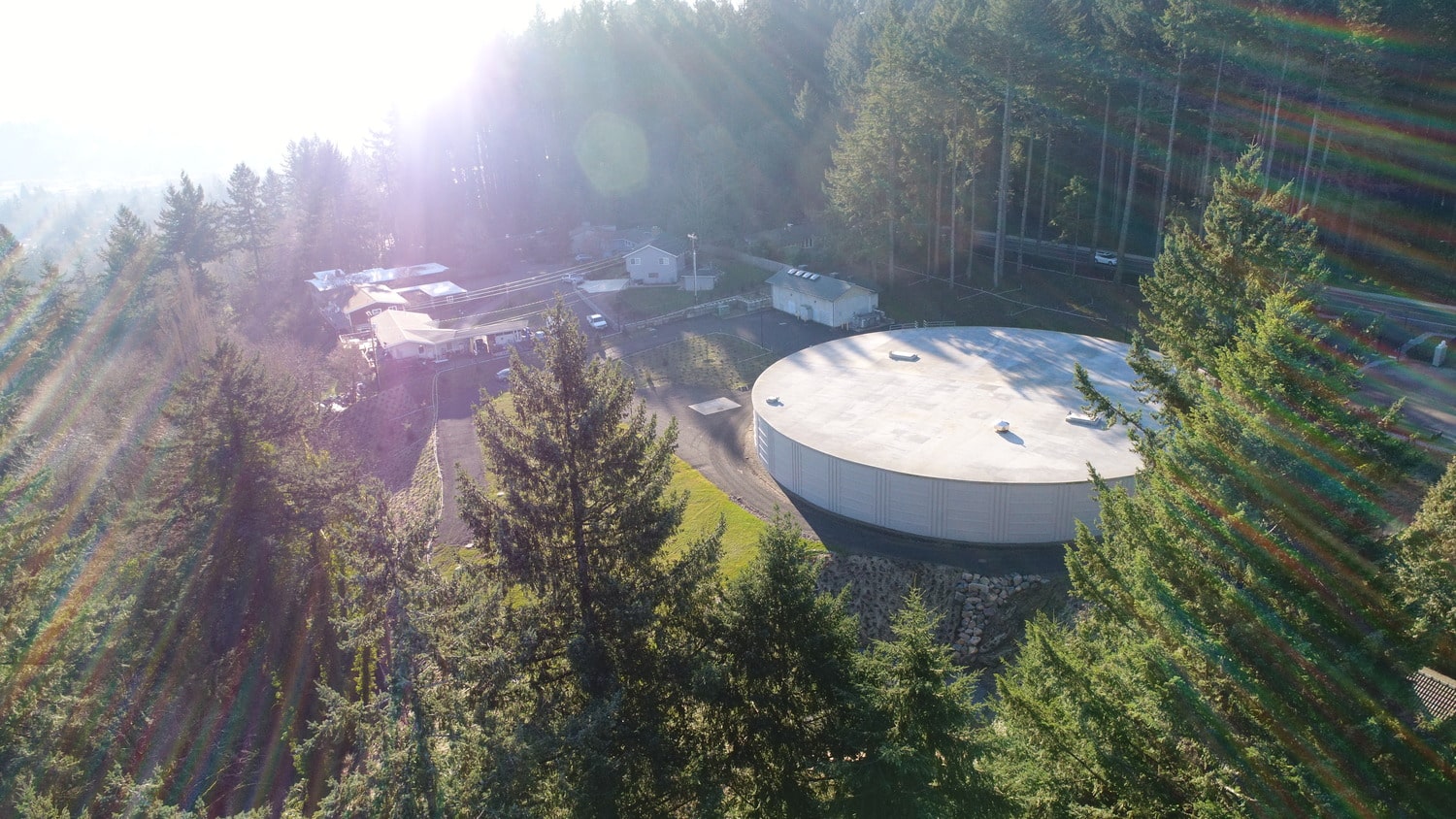
Imagine a Day Without Water
When you have reliable access to water, it’s easy to forget there’s a whole network of infrastructure in place and tons of people working on it daily making it happen! But today, October 20, is the eighth annual Imagine a Day Without Water—a day in which we take a mindful moment to remember the value of this precious resource. Do you plan on signing the #OneWaterPledge? One of the actions it prompts you to take is learning about where your local drinking water comes from.
That’s where we can help! As water experts, we can tell you all about the infrastructure that makes water’s journey from our ecosystems to you possible.
From planning, designing, and constructing our water systems, it’s a community effort that brings together local leaders, engineers, contractors, and residents to create infrastructure that benefits everyone. So, what’s happening behind the scenes every day that keeps it all flowing?
Planning
It all starts with a good plan! Water supply planning is a collaborative process involving local governments, public utilities, and the community to help identify future water needs over a 20-year horizon. It involves development of projects and programs needed to maintain a sustainable water supply, considering factors like future population growth, the remaining lifespan of existing water facilities, and even the impacts of climate change on infrastructure.
Curious about our planning services and projects? Explore more.
Treatment
Whether your water comes from a distant river or a nearby well, it needs to be treated before you drink it. Water treatment facilities ensure water is safe and enjoyable to drink by disinfecting water with chlorine and removing contaminants like iron and manganese, which can give water an unpleasant taste, odor, and color. These important facilities help maintain water quality as it is stored and distributed to the community.
Storage
Drinking water storage reservoirs are critical to reliably providing drinking water to our homes and businesses. They supply water for our everyday uses, store excess if no newly treated water may be available for several days, and provide critical water for fighting fires. By storing water at appropriate elevations, they provide good water pressure and a buffer between how fast treated water is produced and how quickly it is used. Reservoirs also continue to work without power so that faucets, toilets, and fire hydrants can still be used while the power grid is being restored.
Distribution
You may not see them, but under your city streets are miles and miles of water distribution piping. These pipes bring stored water to your tap and fire hydrants in your neighborhood. Public utilities are constantly replacing their old pipes, looking for ways to improve pressure at your house and make sure pipes can withstand potential damage that may occur with large earthquakes.
And that’s just half of the equation! Once water goes down the drain, a complex system of wastewater infrastructure carries it off to be treated and returned to the environment so the whole cycle can begin again.
As civil engineers, we have water infrastructure on the brain every day—from strategizing systems to developing storage, treatment, and distribution solutions—and we take immense pride in the part we play in facilitating the flow of this necessity.